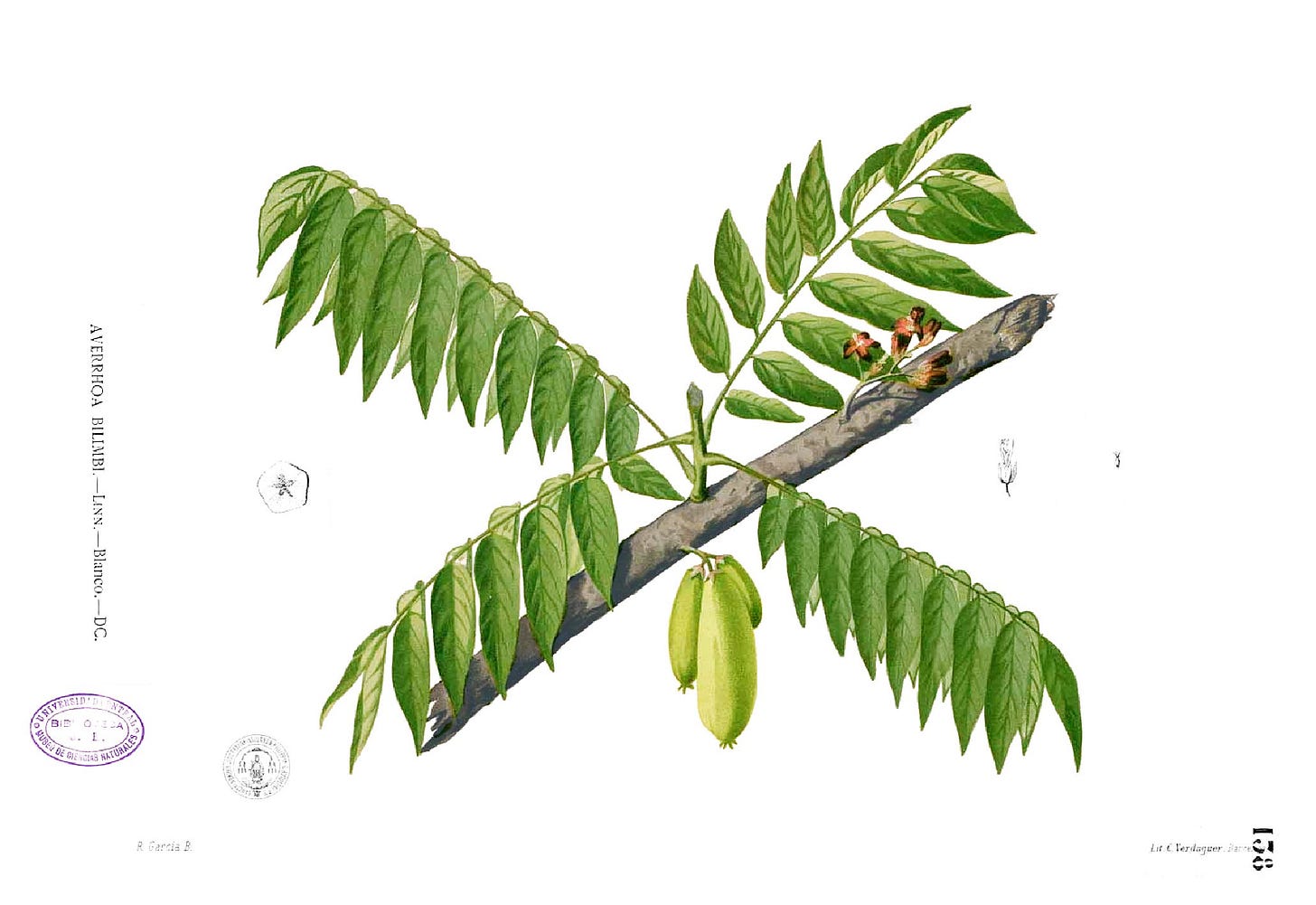Hullo to readers old and new!
This is the latest entry in the Cambridge, MA Companion to Singaporean Food, a growing encyclopedia about all those words I italicize in essays, like lou bak, and rempah, and kopitiam. This series is primarily a benefit for paid subscribers, though I’ve left the first and second entries free to give a sense of what these are like.
One of the benefits of writing this online is that there’s a community of folks looking at it and asking questions. I’ve made substantial updates to the entries on asam gelugur and pandan based on reader feedback (thank you Chris!) and further research.
Like Chris and my mum, you too could enjoy the privilege of getting to tell me I’m wrong on a regular basis by becoming a paid subscriber – although I suppose you could fund Starbucks’ new CEO-mobile instead.
As always, comments and corrections are very welcome – I claim no special qualification for writing this other than a willingness to pursue harebrained schemes.
Francisco Manuel Blanco (O.S.A.), Public domain, via Wikimedia Commons
Belimbing buloh
Also: Belimbing asam, belimbing wuluh (Bahasa Indonesia), belimbing sayur (Bahasa Indonesia), belimbing, belimbi/bilimbi.
The Averrhoa bilimbi, a tropical tree closely related to the starfruit (carambola) and also, more distantly, to wood sorrel (oxalis). The thumb-sized fruit is its most important contribution to cuisine, though the leaves and flowers are also used extensively in folk medicine. Today the fruit is often referred to simply as belimbing, though this can lead to confusion. The Malay name for starfruit (Averrhoa carambola), belimbing sagi, is often contracted to just belimbing, though the English “starfruit” may be the most common name for it in Singapore today.
Keep reading with a 7-day free trial
Subscribe to let them eat cake to keep reading this post and get 7 days of free access to the full post archives.



